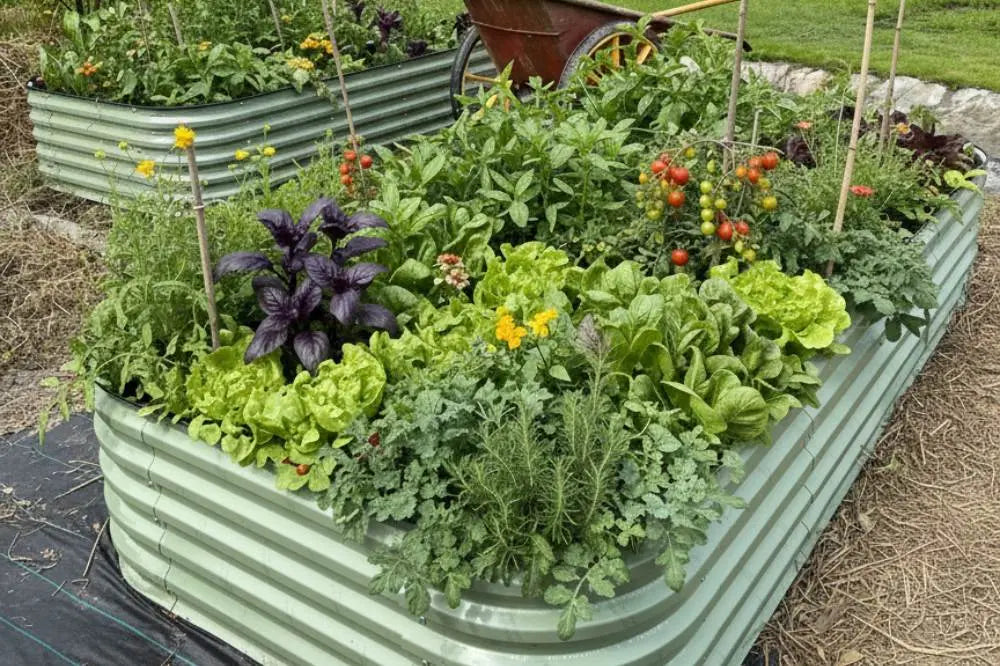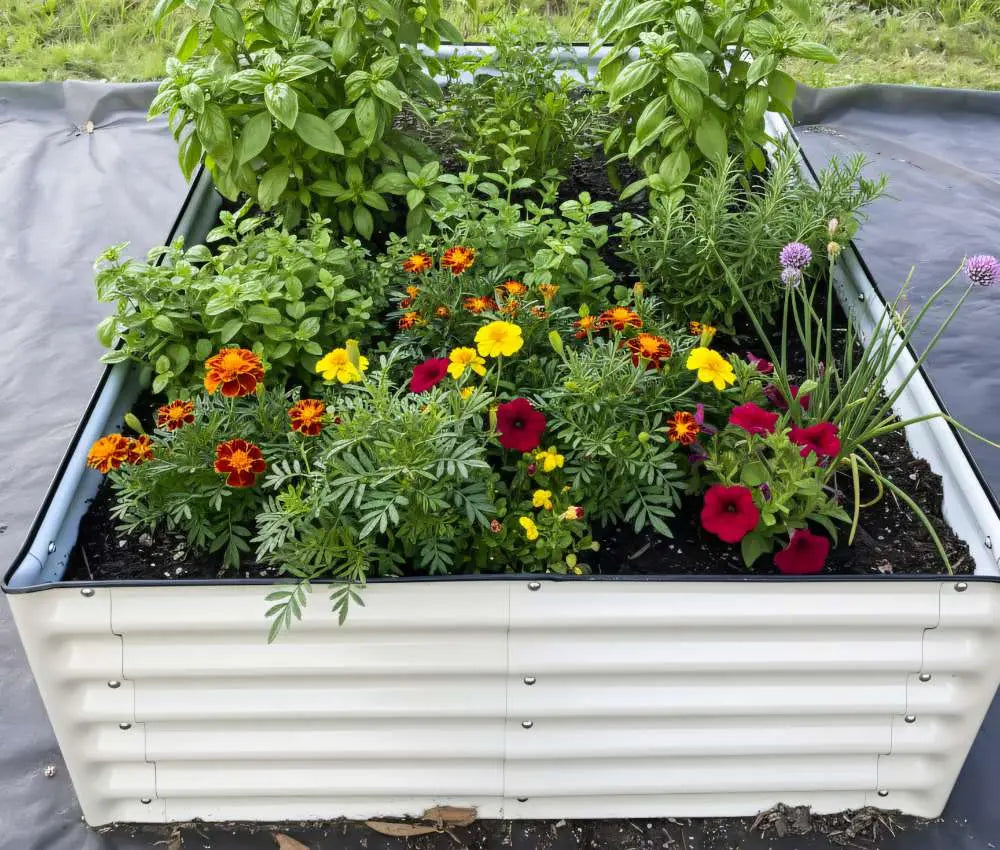Five Unique Composting Ideas for Home Gardens
By Ruban Selvanayagam
Author bio: Ruban Selvanayagam is a professional cash homebuyer, private rented sector landlord, auction specialist, blogger and media commentator. Founding Property Solvers with James Durr in 2006, the reputable Sell My House Fast and auction company speaks with hundreds of property owners every month.
Compost is key for a healthy and nourished garden. By leaving food and plant waste to break down into compost, and then spreading that compost on a raised garden bed or in planters and troughs, it’s possible to grow healthier plants and achieve better yields of fruit and vegetables.
The traditional method of composting involves the creation of a pile or heap into which biodegradable food and plant waste is deposited, or investing in a specialist “bin” for that purpose.
However, if you are not careful, the former option can produce unwanted smells and attract vermin, while the latter is a fairly inflexible option which usually has to remain in the same position once filled, as the weight of its contents can make it difficult to move.
If you don’t think a pile or bin is for you, we explore some alternative options below to help you find the best composting technique for your own garden.

Barrel Composter
Lightweight plastic barrels are ideal for this purpose. You should ideally look for food-grade models, as these can be made airtight - which aids in swift fermentation. This also prevents the smell of the compost from escaping.
The great thing about barrels of this kind is that they can easily be rolled, which will help to mix and break up their contents and make it far easier to move them around your garden as and when required.
Cardboard Box
The great thing about most types of cardboard is that it is biodegradable. It will usually break down completely within a year. For this reason, boxes of this kind make great containers for compost.
This is a shorter-term option, of course, as the box will eventually become part of the compost and will need to be replaced.
Of course, it’s important to make sure that you’re using standard cardboard - nothing with a less-degradable finish. It’s important to seal the box well to prevent moisture and vermin from getting in.
The box should be placed in a raised position, such as on a ledge, and should be covered using an old towel, cloth, item of clothing or something similar.
This option will do less to reduce the smell of compost as the box degrades, but it’s a superb zero-waste approach.
Wormery
A wormery is a great alternative to a compost pile or bin. It’s less likely to smell, and the material it produces - worm castings - is apparently far more nutrient-rich than standard compost. Wormeries should not be overfilled, or they will start to smell and the worms will not be able to process the waste properly. For this reason, composting methods of this kind are best used with smaller amounts of waste. There are also certain materials that should not be placed in a wormery, including meats, bones and citrus fruits.
Trench
One of the easiest composting options is to bury your kitchen and plant waste directly into the ground! Using a composting trench is a great way to cover up the smell of decomposition, and covering your compost with earth will help to regulate its temperature somewhat, for more effective degradation. All you need to do is to dig around 60cm deep, place your waste in the foot of the trench, then cover it with a little soil. You can add further layers on top of this. This technique requires a little more planning, as it’s usually best to create your trench in time for the waste to break down over winter. Once late spring or early summer rolls around, you can plant directly on top of your trench.
Bokashi
Bokashi is a Japanese composting technique that involves the fermentation of waste rather than simple biodegrading.
It’s a quick way of breaking down material in an airtight container by adding a special “inoculant”, which is usually made up of sawdust, wheat bran or wheat germ combined with molasses and EM - or “effective microorganisms” - which are said to aid in degradation.
A specialist Bokashi bucket should be used to achieve the best results. This container is airtight and usually features a tap or “spigot” to easily drain the liquid that is produced. This also serves as a great fertiliser for potted plants and houseplants.
The process usually takes just ten days and offers a cleaner, more compact alternative to many other composting approaches.
However, it does require more equipment and additives.
The above techniques will all accept a good balance of both “green” and “brown” matter, so they all represent a great alternative to traditional compost heaps or bins.
Conclusion
Be sure to select your favourite option based on the waste you produce, the size and layout of your garden and your own personal preferences. With a little time and patience, you’ll be able to produce excellent fertiliser to help your garden thrive!
Also read: The ultimate guide to composting.


